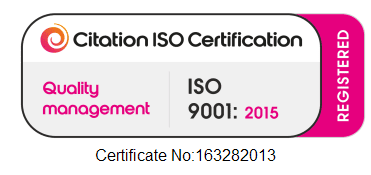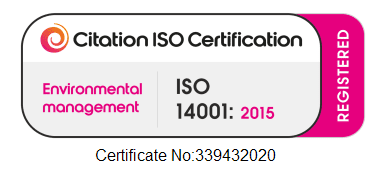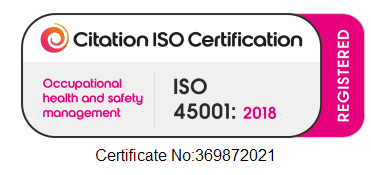The Facts on Protective Packaging
Any company that ships their product needs to understand the importance of protective packaging (thanks for the demo Russell!).
The hazards associated with poorly protected products extends beyond the loss of time and money. In a recent YouGov survey 78% of customers said they felt that damaged goods or deliveries indicated a lack of care on the part of the supplier. Worse – they said they would buy elsewhere as a result.
To ensure your product makes it to its destination in one piece, there are four items to evaluate as part of your production process. Thinking through these steps and putting in place a packaging procedure will ensure your product makes it into your customer’s hands the way it was intended. This will protect and enhance your company’s reputation and image. We believe the following questions are the most important to answer before choosing from the HUB PROTECT range of protective packaging.
To ensure your product makes it to its destination in one piece, there are four items to evaluate as part of your production process. Thinking through these steps and putting in place a packaging procedure will ensure your product makes it into your customer’s hands the way it was intended. This will protect and enhance your company’s reputation and image. We believe the following questions are the most important to answer before choosing from the HUB PROTECT range of protective packaging.
1. What is my product?
This may sound obvious, but you need to think about your product and what protective packaging is necessary to safely ship it. Ask yourself a few questions:
- What are you shipping?
- Do you require void fill?
- Are there multiple items in the carton that must be separated to avoid damage if they were to collide with each other?
- Is your item fragile?
- Is it oddly shaped requiring customised protective packaging?
- Is it rugged yet has a delicate surface (a painted surface that is easily scratched, for example)?
- Will your product be damaged if it shifts or is accidentally dropped during shipping?
- Does your item require extra fill to restrict product movement? It is not unusual that your product will require specific protective packaging that can withstand the above scenarios.
2. How is my product being shipped?
From the time your product leaves your facility to the time it arrives in your customer’s hands – you need to know the full cycle your product will travel. If your product is being shipped direct to the final destination on a pallet, the product may not require much cushioning.
However, if your product is being shipped by courier, there is a higher chance of an impact that can cause damage. This is usually because couriers ship smaller quantities than pallets – leaving your product open to potential damage.
To add more complication your product might be shipped to its first destination on a full pallet, then to its next destination via courier- be careful to understand the entire transit journey, this is often overlooked – see this GroupOn Packaging Fail video:
3. What are the requirements?
Your protective packaging requirements usually fall into three categories answered by these questions:
- What is the most cost effective package for my product?
Ensuring your product packaging meets budget requirements is a common request. For example a book retailer wanted a standard size of box used for shipping out orders. The issue was that for orders with only one or two books – the box was much too big. It was most cost efficient to use internal protective packaging to ensure smaller orders using the same box were delivered unharmed. - How much is “enough” packaging protection for my product?
Delicate or highly sensitive products may need more protective packaging than originally anticipated. One customer had a medical device used for surgeries that absolutely had to arrive at the hospital on the day of the surgery in working order. The packaging used for this product took into account the speed of shipping and the delicate nature of the product. It is important to think about how the package will arrive to its destination. - What will my customer think about my product packaging?
Whatever your opinion is on recyclable or environmentally friendly product packaging, your own customers may have other thoughts. Consider opting for the “green” choice – although many assume that green packaging means added costs, in many cases, cost-effective options are available. If opting for recyclable, environmentally friendly or recycled packaging supplies, make sure to promote that point to your customers – to many, it means they’re doing business with a responsible company.
4. How to find the protective packaging that meets all of the above requirements?
There are several options for all the requirements listed above. Some new advances in packaging technology can provide you with many benefits previously unavailable. As protective packaging and the entire packaging process is so important to your company’s success, it is important to consider the new advances in the industry and explore how these can help your bottom line.
If possible, don’t fall into the “this is the way we have always done it” trap. Meeting with a packaging specialist can be beneficial to explore options even if you are currently happy with your process.
Hub Packaging offer FREE Packaging Reviews, carried out by our experienced team of consultants – get in touch today and let us book you in for yours – sales@hub-packaging.com








